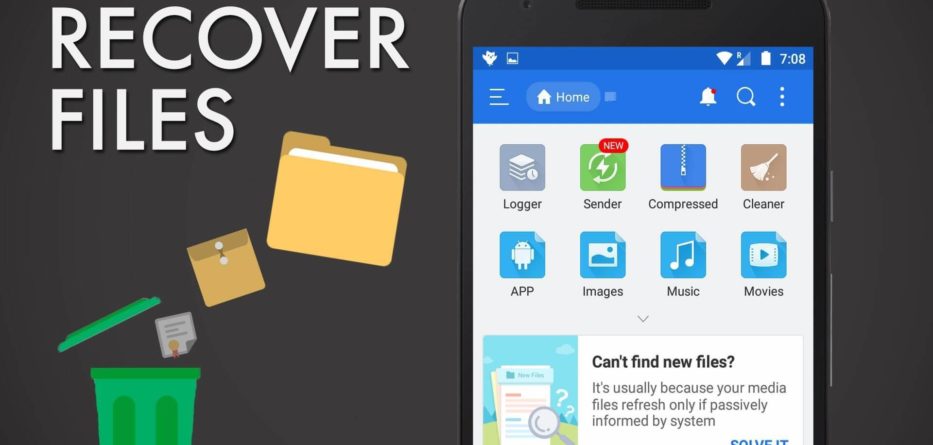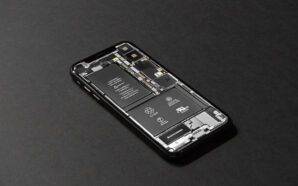If you go to buy a new Droid, most tech/phone stores will tell you about a “must-have” app that should be the first thing you install onto your new phone. It’s called the Advanced Task Killer, and it does exactly what its name suggests, kills any unwanted apps that are running and taking up your memory. It’s even in the top android apps for 2011.
Now, to most Windows users, this app makes great intuitive sense. If your phone is running slow, it could be a memory bottleneck, and killing apps will decrease the amount of memory your phone will have to use. In theory, this sounds great. Why wouldn’t everyone use this?
Contents
How Androids Really Work
Most people assume that the Android operating system works like the Windows operating system so they reach the conclusion: Clearing applications will clear memory usage. However, Androids operate differently, more like the Linux operating system. Processes and applications are not the same; apps can still “run” in the background without taking any critical resources.
Sure, they take some memory, but Androids keep apps in their memory intentionally so that apps can launch more quickly and return to their previous states. Once your phone’s memory is full, Android automatically starts killing tasks, starting with the ones least used. For an Android, having memory nearly full is good.
People tend to see that their memory is full and think that this is the reason their phone is slowing down. In actuality, their CPU, which is responsible for the apps that are actually active (running processes), is probably what’s slowing down their phone.
Why Most Task Killers Aren’t That Helpful
Essentially, most task killers function on the incorrect assumption that freeing up memory will help the Android run faster and take less battery power. They show you all the tasks that are running, how much memory they are using, and how much free memory is less; rarely will any task killer give any data regarding CPU usage.
Crazy enough, it’s possible that task killers may actually decrease your phone’s speed and battery life. By actively killing apps (or setting your app to automatically kill tasks every so often), you “task killer” is taking more CPU cycles than the apps it’s killing, which most probably aren’t taking any CPU in the first place.
When Task Killers Are Good
Sometimes, you may notice that a task killer app is actually improving your phone’s performance. This is probably because, rather than freeing up memory, the app killer probably killed a very bad app, that was chewing up CPU cycles unnecessarily. So, if you have a couple highly inefficient but extremely useful apps that you must have, it would be a good idea to have a task killer to kill them when you’re done using them.
Which App Killer Is Best
Hands down, it’s Watchdog at the moment. Instead of showing your phone’s memory usage (like the task killer), it monitors your CPU usage and alerts you when an app starts using CPU cycles for no apparent reason. Watchdog then allows you to kill that app.








